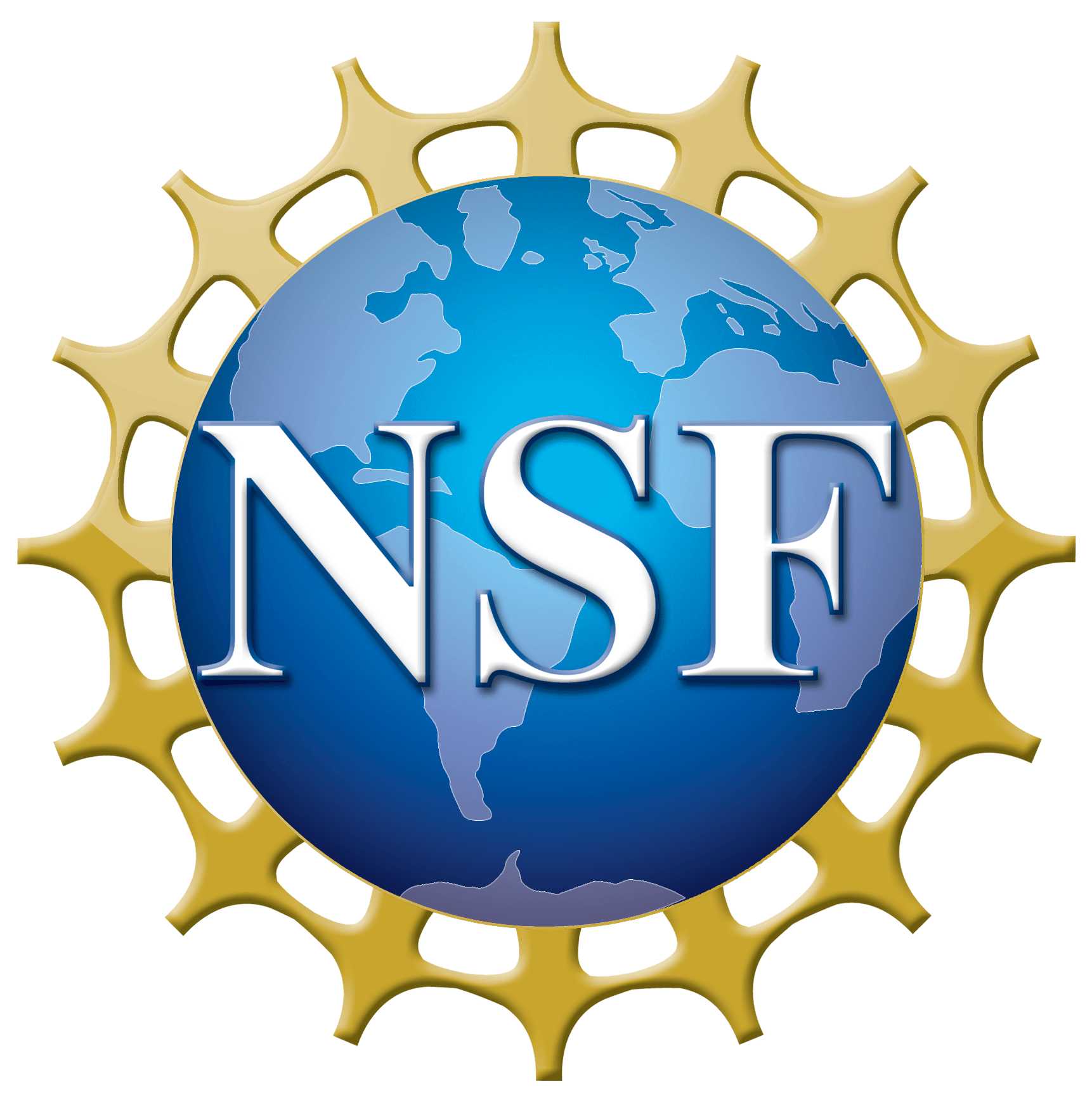Latest NRAO News
News is managed by NRAO News & Public Information. Questions about News? Have a story to share? Want to interview a scientist or create new media about our telescopes?

A team of scientists using the National Science Foundation’s Green Bank Telescope has discovered two new molecules in an interstellar cloud near the center of the Milky Way Galaxy.
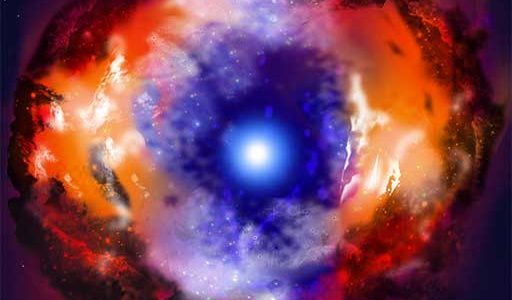
Astronomers using a global combination of radio telescopes to study a stellar explosion some 30 million light-years from Earth have likely discovered either the youngest black hole or the youngest neutron star known in the Universe.
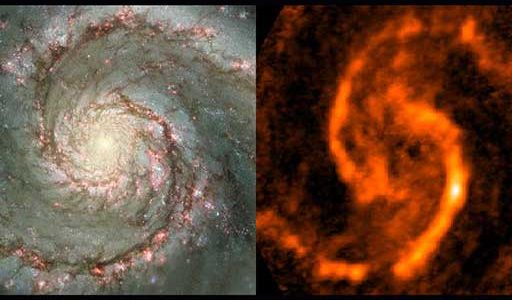
Astronomers studying gas clouds in the famous Whirlpool Galaxy have found important clues supporting a theory that seeks to explain how the spectacular spiral arms of galaxies can persist for billions of years. The astronomers applied techniques used to study similar gas clouds in our own Milky Way to those in the spiral arms of a neighbor galaxy for the first time, and their results bolster a theory first proposed in 1964.
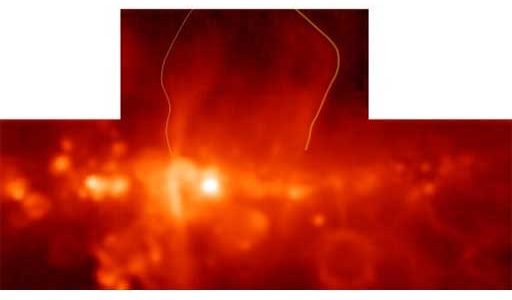
An astronomer using the National Science Foundation’s Robert C. Byrd Green Bank Telescope (GBT) has discovered that two prominent features rising out of the center of the Milky Way Galaxy are actually the distant edges of the same superstructure. This object, which has the appearance of a “lobe,” may have been formed during an epoch of furious star formation.
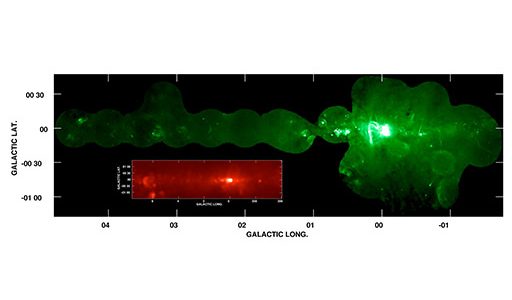
Twenty years ago, astronomers discovered a number of enigmatic radio-emitting filaments concentrated near the center of the Milky Way Galaxy.
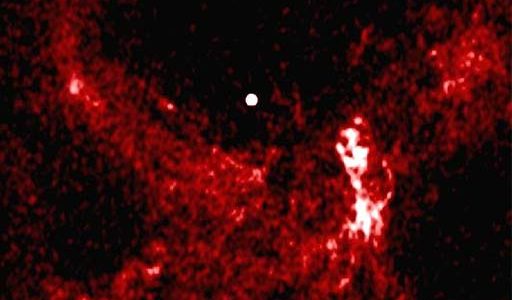
Thirty years after astronomers discovered the mysterious object at the exact center of our Milky Way Galaxy, an international team of scientists has finally succeeded in directly measuring the size of that object, which surrounds a black hole nearly four million times more massive than the Sun.




